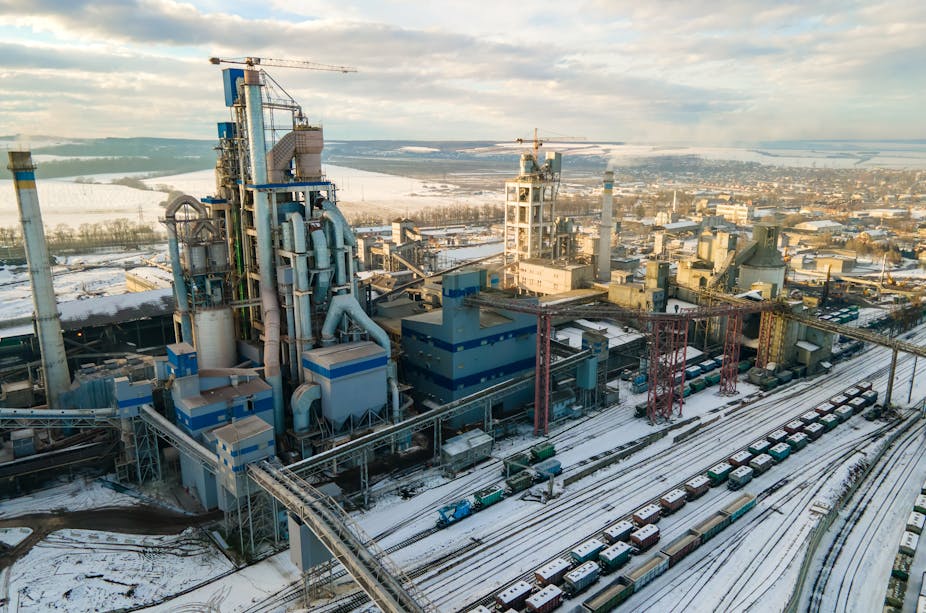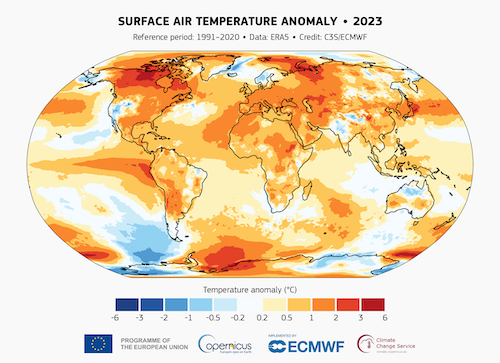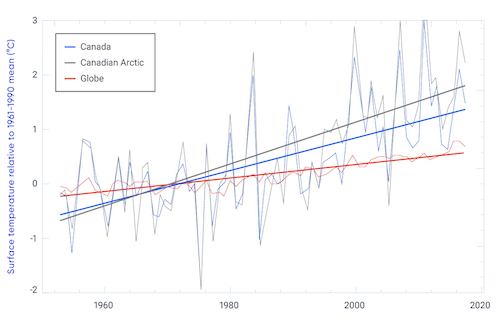Story by Nataliia Direyeva •

Photo: Fast-food franchise Subway (wikipedia.org)© RBC-Ukraine (CA)
Ukraine has included the American multinational fast-food franchise Subway in the list of international sponsors of the war. The company continues its business operations in Russia, according to the National Agency for the Prevention of Corruption (NAPC).
The Agency noted that over 500 Subway network restaurants (Subway AP LLC) continue to operate in the aggressor country, paying hundreds of thousands of dollars in taxes to the Russian budget.
"The Subway brand also actively advertises its activities through sanctioned Russian social networks and delivers food through 'Yandex' services, which cooperate with the state and law enforcement agencies of the aggressor country," the statement said.
NAPC highlighted that after the start of Russia's large-scale invasion of Ukraine, the company did not report any reduction in its activities in the aggressor country. There were also no attempts by Subway's management to condemn the Kremlin's war.
About the company
Subway is one of the world's largest fast-food restaurant chains.
According to Statista platform data, in 2023, this global quick-service restaurant brand had 36,592 stores worldwide. In other words, Subway had more restaurants worldwide in a year than any other network.
Subway's activities in Russia
The company has been operating in Russia for over 20 years, creating around 6,000 jobs and having 550 restaurants in 122 cities. The Russian Subway network is currently the third largest in Europe by the number of outlets, after the United Kingdom and Germany.
A distinctive feature of Subway's business is that it operates on a franchise system, meaning there is a large network of legally independent entities operating under the Subway brand, generating income, and paying taxes. In Russia, the Subway network franchise is owned by the company Subway Russia Service Company, headquartered in St. Petersburg.
"Subway stated that all restaurants in the country are independently owned and operated by local and master franchisees, so the restaurants remain open in Russia. This statement regarding the inability to influence its franchisees does not correspond to reality and is essentially misleading," noted NAPC.
War sponsors
NAPC is an organization that checks private companies for integrity, including whether they sponsor the war against Ukraine. Thus, during Russia's full-scale invasion, a list of International sponsors of war was created.
Companies that did not leave the Russian market, conduct business, and pay taxes in Russia, thereby financing the war, were included in this list. For example, the globally renowned Nestle corporation was included. It is one of the world's largest food product manufacturers.
It was also recently reported that Ukraine included the Viciunai Group in the list of international war sponsors. This company manufactures crab sticks under the Vici brand.









